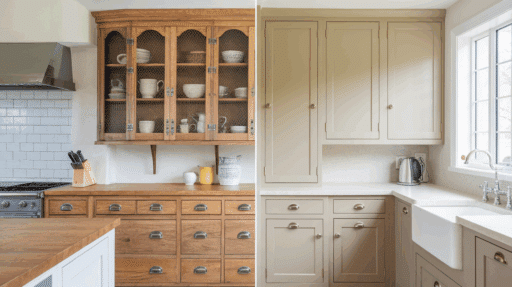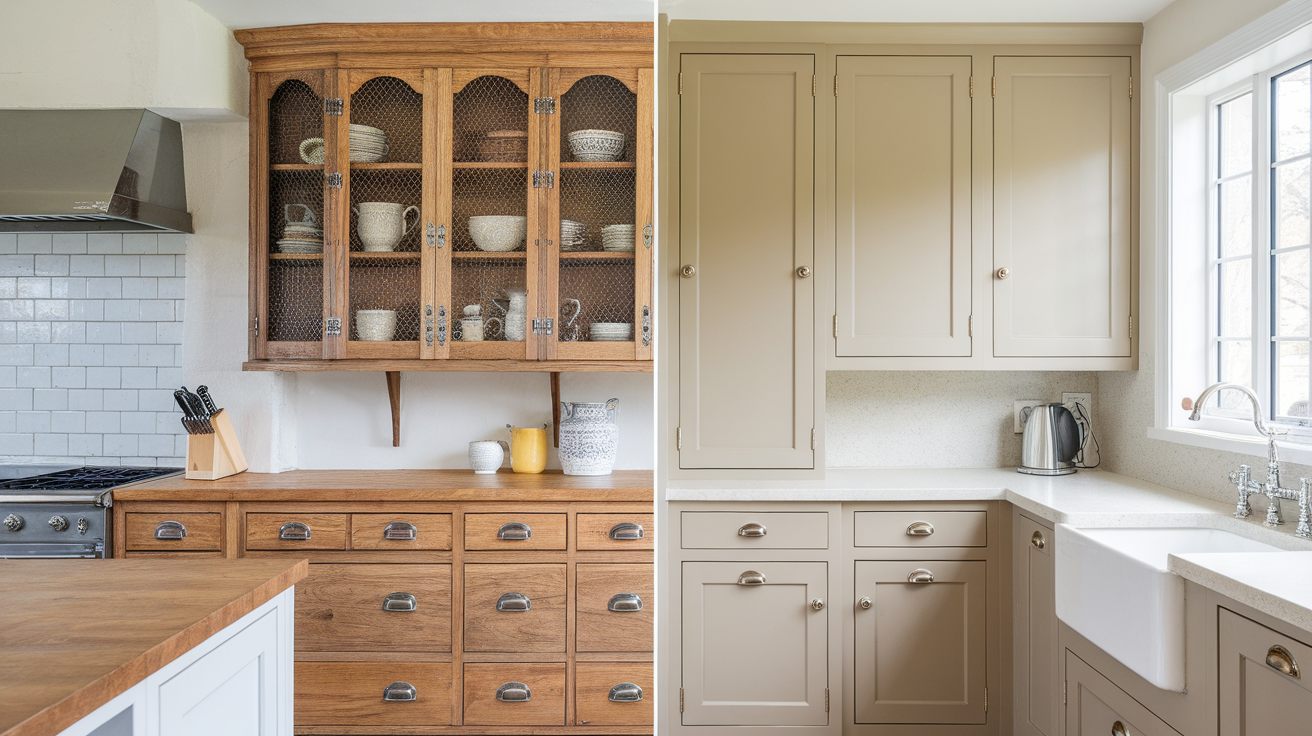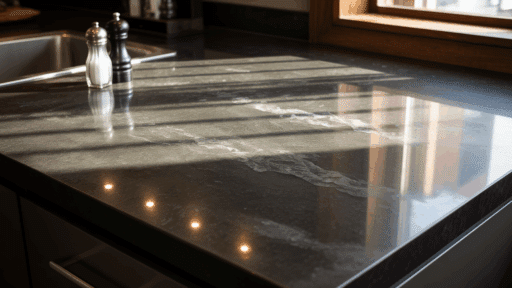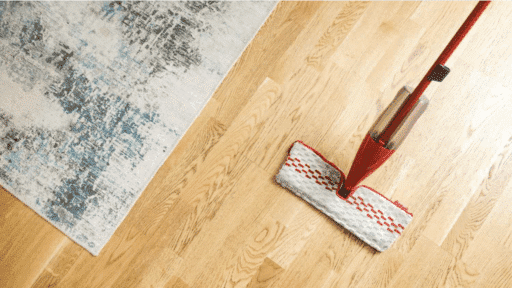Kitchen cabinet decisions can be overwhelming, but you’re not alone in dealing with this renovation challenge.
Many homeowners face the same dilemma of choosing between refacing and replacing their cabinets, and fortunately, there are proven approaches that work.
From budget-conscious makeovers to complete kitchen overhauls, the home renovation community has tested countless solutions over the years.
This guide compiles the most effective cabinet update techniques shared by real homeowners who have successfully handled every type of kitchen renovation.
For tight budgets or full-scale remodels, these user-tested methods will help you make the right choice for your home without expensive mistakes.
You’ll find step-by-step comparisons, cost breakdowns, and real-world examples that can help you save thousands of dollars on renovation costs.
What Causes the Need for Cabinet Updates?
Understanding your kitchen’s condition is the first step to making the right choice. Kitchen cabinets naturally show wear over time, making them candidates for either refacing or replacement.
The home renovation community has identified that cabinet issues fall into distinct categories, each requiring different treatment approaches based on their structural condition and aesthetic goals.
One common finding is that cabinet boxes often remain structurally sound while doors and surfaces show the most wear.
Key Cabinet Issues:
- Surface wear – From daily use, scratches, and outdated finishes that affect appearance
- Structural problems – From water damage, settling, or poor original construction
- Functional limitations – From inadequate storage, poor layout, or accessibility issues
- Style obsolescence – From outdated designs that no longer match home aesthetics
Real Homeowner Methods for Cabinet Updates
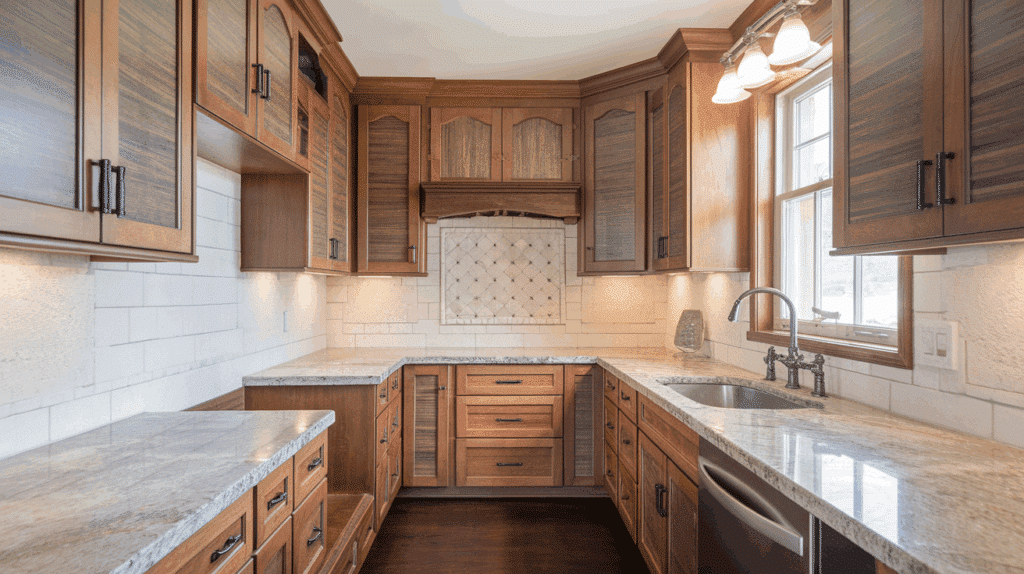
When learning how to choose between refacing and replacement, user-tested experiences prove to be the most reliable. Here are the most effective approaches:
Cabinet Refacing Success Stories
The most recommended method involves assessing your existing cabinet boxes first. Apply new veneer to frames, install fresh doors and hardware, and maintain your current layout.
This method is effective because it addresses visible wear while preserving the functional cabinet boxes, offering significant cost savings compared to full replacement.
User success story: “I thought my 1990s oak cabinets were hopeless, but refacing saved them completely. The key is having structurally sound boxes – don’t rush the assessment process.”
Full Replacement Experiences
For structural issues or layout changes, the community favorite involves the complete removal and installation of the cabinet. This enables new configurations, enhanced storage, and updated functionality.
Why it works: New cabinets provide complete control over design and function. The key is planning thoroughly before demolition begins to avoid costly changes mid-project.
Mixed Approach Solutions
Some homeowners combine both methods strategically. Keep the upper cabinets and reface them while replacing the lower cabinets that show more wear.
Important note: “We refaced uppers and replaced lowers – it saved 40% compared to full replacement while giving us the storage we needed. Don’t assume it’s all-or-nothing!”
Key Benefits Comparison: Refacing vs. Replacement
The kitchen renovation community has extensively tested both approaches and identified clear advantages for each method.
Understanding these benefits enables homeowners to make informed decisions tailored to their specific needs and circumstances.
Refacing Benefits
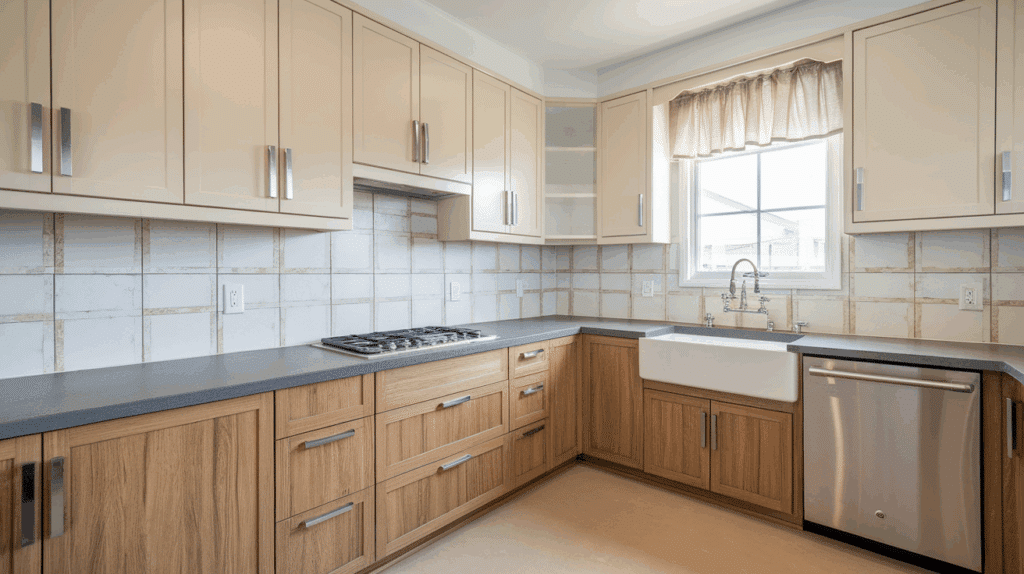
Based on thousands of real homeowner experiences, refacing offers compelling advantages for budget-conscious renovations.
The renovation community consistently reports high satisfaction rates with refacing when cabinet boxes remain structurally sound.
- Cost savings: 60-70% less expensive than full replacement – Average savings of $15,000-$25,000
- Speed: Typically completed in 2-5 days, compared to 2-4 weeks for replacement, resulting in minimal kitchen downtime.
- Minimal disruption: Kitchen remains functional during most of the process, allowing you to cook and use the kitchen normally.
- Eco-friendly: Reuses existing cabinet boxes, reducing waste by 80% – Environmentally responsible choice
- Layout preservation: Maintains familiar workflow and storage locations. No learning curve for daily use
- Quick visual update: Completely changes appearance without structural work, instant kitchen makeover.
Replacement Benefits
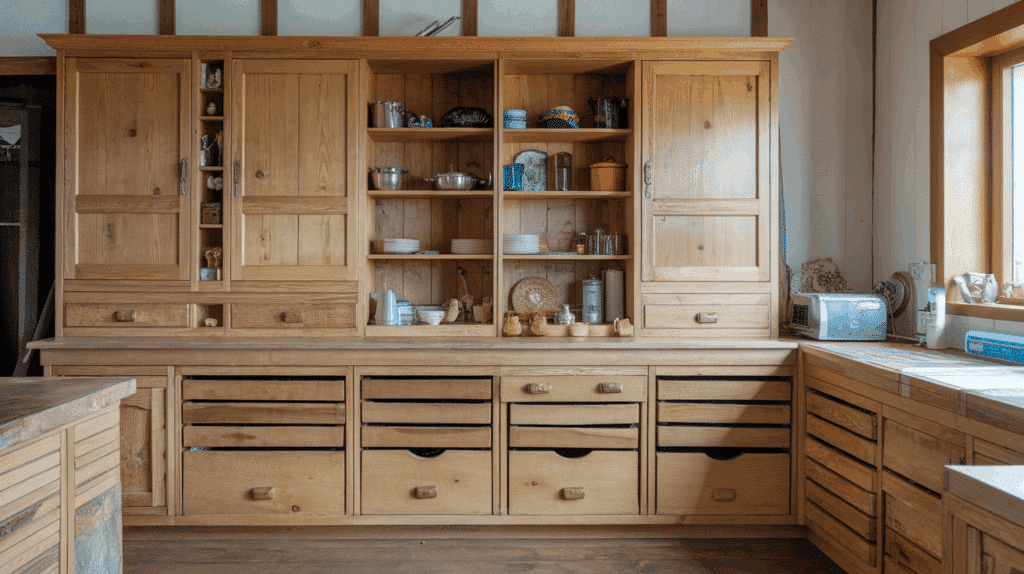
While replacement requires a higher initial investment, experienced homeowners often find the long-term benefits justify the cost.
The renovation community particularly recommends replacement for homeowners planning to stay in their homes for 10 years or more, or those with significant structural issues.
- Complete customization: Complete control over layout, storage solutions, and design – Kitchen designed exactly to your needs
- Long-term durability: New cabinets last 15-25 years, and with proper care, they have a longer lifespan than refacing.
- Structural improvements: Opportunity to fix underlying issues and improve functionality – Addresses hidden problems
- Storage optimization: The ability to reconfigure space for maximum efficiency, with up to 40% more storage capacity.
- Higher home value: Quality replacements can increase home value by 10-15%, offering a better return on investment.
- Modern features: Soft-close hinges, pull-out drawers, and contemporary storage solutions – Latest convenience features
User-Recommended Products and Services
The kitchen renovation community consistently recommends starting with an honest assessment before investing in any solution.
Most users find that understanding their specific needs and budget constraints leads to better decisions than following generic advice.
The community has identified several standout approaches through extensive testing and shared experiences.
Top User-Recommended Approaches:
| Method | Type | Primary Use | User Rating |
|---|---|---|---|
| DIY Refacing | DIY/Budget | Surface updates | Most cost-effective |
| Professional Refacing | Professional | Quality finish | High satisfaction |
| Stock Cabinet Replacement | Budget/Mid-range | Full renovation | Good value option |
| Custom Cabinet Replacement | Premium | Luxury renovation | Highest quality |
| Hybrid Approach | Mixed | Targeted updates | Creative solution |
Cost Analysis: Real-World Numbers
Most cabinet refacing projects can be completed for $4,500 to $13,000 in total, making it the most budget-friendly approach for surface updates.
Full replacement ranges from $ 15,000 to $50,000+, depending on the materials and kitchen size, while professional installation adds $3,000 to $8,000 to any project.
For complete kitchen renovations, including countertops and appliances, expect to invest $ 30,000 to $100,000 or more, making strategic cabinet choices crucial for effective budget management.
| Method | Cost Range | User Feedback |
|---|---|---|
| DIY Refacing | $1,000-$4,000 | “Most cost-effective, works for cosmetic updates” |
| Professional Refacing | $4,500-$13,000 | “Worth it for quality finish, saves vs. replacement” |
| Stock Replacement | $15,000-$30,000 | “Good middle ground for full renovation” |
| Custom Replacement | $30,000-$80,000+ | “Premium option for luxury results” |
Long-Term Value and ROI Analysis
The kitchen renovation community has tracked long-term results and return on investment for both approaches:
Refacing ROI (5-10 Year Outlook)
- Initial investment: Lower upfront cost provides immediate savings
- Durability: Quality refacing lasts 10-15 years with proper maintenance
- Home value impact: Moderate increase, typically 60-80% of investment recovered
- Maintenance costs: Lower ongoing maintenance due to proven cabinet boxes
User experience: “Our refaced cabinets still look great after 8 years. We’ve spent maybe $200 on touch-ups and hardware adjustments. The ROI has been excellent for our budget.”
Replacement ROI (15-25 Year Outlook)
- Initial investment: Higher upfront cost but longer-term value
- Durability: New cabinets last 15-25 years with minimal maintenance
- Home value impact: Significant increase, typically 70-85% of investment recovered
- Future-proofing: Modern features and layouts stay relevant longer
User experience: “We replaced our cabinets 12 years ago and they still look brand new. When we had our home appraised, the kitchen was highlighted as a major value driver.”
User-Recommended Products and Services
The kitchen renovation community consistently recommends starting with an honest assessment before investing in any solution.
Most users find that understanding their specific needs and budget constraints leads to better decisions than following generic advice.
The community has identified several standout approaches through extensive testing and shared experiences.
Top User-Recommended Approaches:
| Method | Type | Primary Use | User Rating |
|---|---|---|---|
| DIY Refacing | DIY/Budget | Surface updates | Most cost-effective |
| Professional Refacing | Professional | Quality finish | High satisfaction |
| Stock Cabinet Replacement | Budget/Mid-range | Full renovation | Good value option |
| Custom Cabinet Replacement | Premium | Luxury renovation | Highest quality |
| Hybrid Approach | Mixed | Targeted updates | Creative solution |
The Bottom Line
A successful cabinet renovation depends on an honest assessment, realistic budgeting, and selecting the right method for your specific situation.
Through years of shared experiences and tested solutions, homeowners have developed reliable approaches that save both time and money while achieving desired results.
Kitchen cabinets are designed to be functional, not just aesthetically pleasing. Some wear is inevitable, but proper planning and execution ensure your kitchen remains functional and beautiful for years to come.
The key to cabinet renovation success lies in thorough planning and realistic expectations. Assess your cabinet condition honestly, understand your budget constraints, and remember that the right choice varies by situation.

